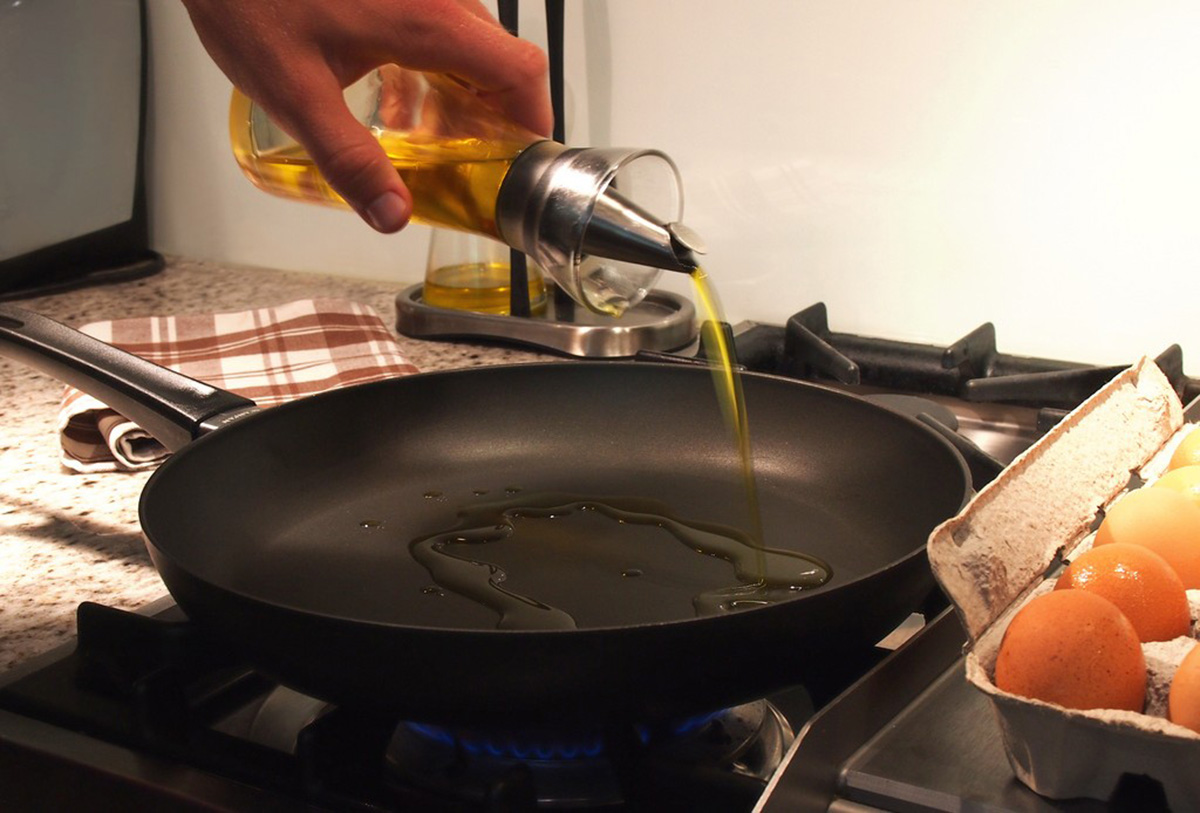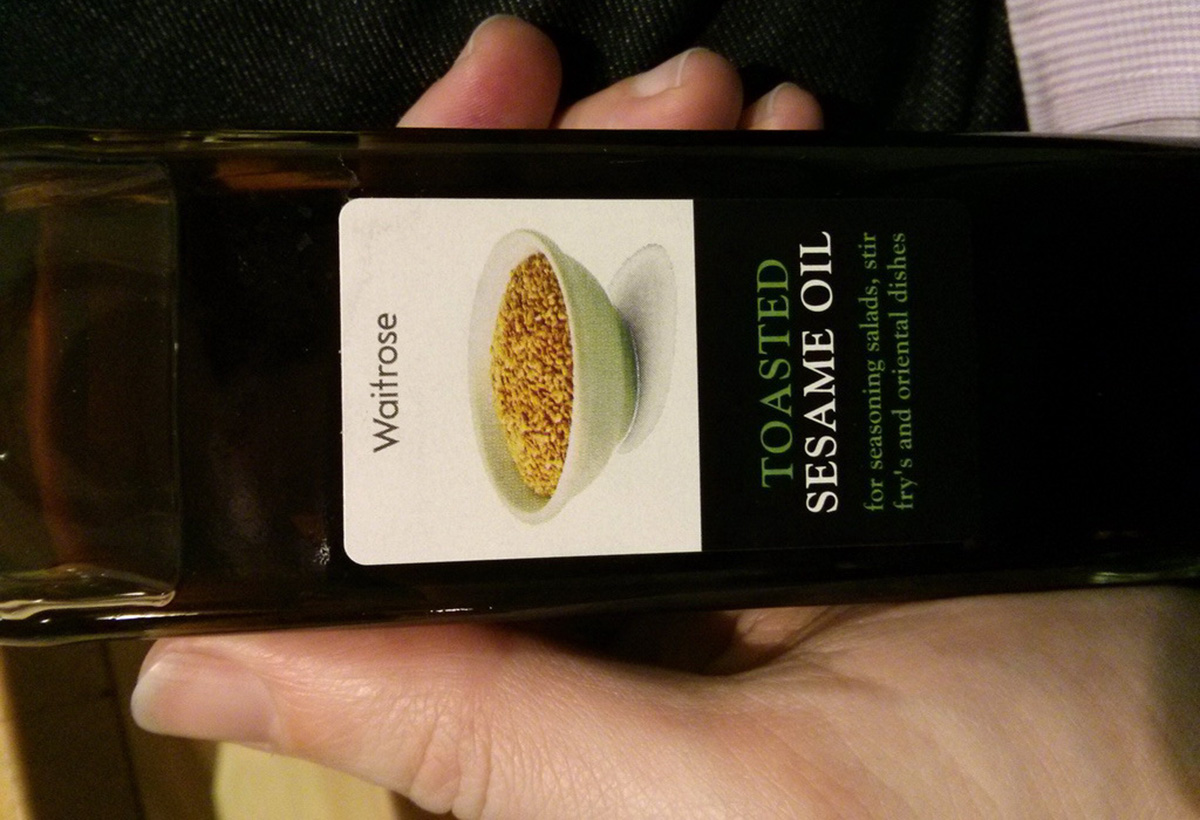With obesity across the world on the up even in the UK there is 48% rise in the amount of obese men and women in a relatively small population, so people need to start thinking about how they can lower their fat intake. Cooking oil has had some bad press in being the reason that many people are struggling to cut calories but are they really that bad and if so which is the most healthy.

Cooking oils are made up of fat but there are three different forms that they can be combined from.
- monounsaturated - these tend to be liquid at room temperature but would be solid if left in the fridge and when you use this type of fat instead of saturated it can help improve blood cholesterol levels.
- Polyunsaturated - these are always liquid and are also known as omega - 3 or 6 fatty acids which are essential for the body.
- Saturated - these are solid at room temperature for example butter or lard. These types of fats will increase your cholesterol level and can increase the risk of heart disease.
These types of fat are very good for the body so the higher these are the better and make sure the saturated fats are low.
Most common types of oil used for cooking
Olive Oil - Made up of 77% monounsaturated fat with 9% poly and 14% saturated. Although it is high in mono fats the saturated fat is still relatively high so you need to use in small amounts. It has the highest amount of antioxidants among other oils which are essential for bodily functions. It can be used for a range of recipes for example in salads and cold dishes but it can also be used to cook in stir fry's etc. The second most popular is
See Also: Is Olive Oil Always The Best Option
Canola Oil - 62% mono, 32% poly and 6% saturated. This is one of the most popular "healthy" oils to use in cooking. It has a very low saturated fat content and you can get this in a spray form as well as oil. Using canola oil has been linked to lowering your risk of heart disease. This is a great choice and can be used in all-purposes for cooking and dressings.
Hazelnut Oil - 76% mono, 14% poly and 10 % saturated. This is a good breakdown of fat content and is a healthy option if you are looking to lower your fat intake. It has a high smoke point so is mostly used to flavour meats and dressings.
Alternative Oils For Cooking
Avocado Oil - 76% mono, 10% poly and 20% saturated. This like olive oil has a high saturated fat content and is actually one of the highest. Avocados provide a nutty, buttery taste which this oil is infused with. It can be added to many dishes but should be used in lower contents.

Peanut Oil - 49% mono, 33% poly, 18% saturated. Peanut oil is high in both poly and saturated fats which makes it not a very healthy option. It provides a lot of flavour and aroma to dishes but should be used in limited amounts, its usually used in cooking Thai or Chinese dishes. It has one good point in that it includes antioxidant resveratrol which has been linked to decreasing heart disease and cancer.
Sesame Oil - 40% mono, 46% poly and 14% saturated. Again this is an oil that has a relatively even amount of poly and mono and quite a high amount of saturated fats. But the main benefits of sesame oil is its link to lowering cholesterol and protecting the liver which is mostly linked to it being combined with sesame seeds as opposed to in oil form.
There are so many different types of oils on the market that the above is just a touch on the possibilities there are. But the important thing to check when picking a cooking oil is the level of fat content and hopefully now you will have a better understanding of these.
Rapeseed oil is extracted from the seeds of the rapeseed plants which are in the same family as cabbage and broccoli. There are two types of rapeseed oil; standard which is often labelled as vegetable oil and cold-pressed rapeseed oil which is sometimes labelled premium, virgin or extra virgin. So make sure to check the labels when purchasing to see what you are really getting.
See Also: The Benefits of Pine Nut Oil
This type of oil is low in saturated fat and has one of the lowest in comparison to other oils. It is also high in poly and mono so contains a good level of omega 3 and 6's to help maintain a healthy cholesterol level. It is also really high in vitamin E. It has a light flavour so can be used in all sorts of cooking including frying and salad dressings. When baking try and substitute butter and other fats with rapeseed oil to lower the fat content of your cakes.
- Photo courtesy of Sexy Eggs by Flickr : www.flickr.com/photos/sexyeggs/6972399714
- Photo courtesy of Tom Page by Flickr : www.flickr.com/photos/tompagenet/11904792523
- www.webmd.com
- www.fitday.com


Your thoughts on this